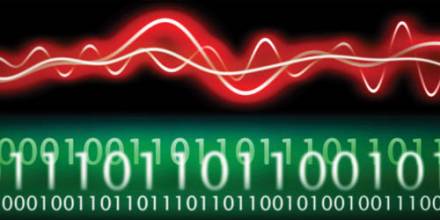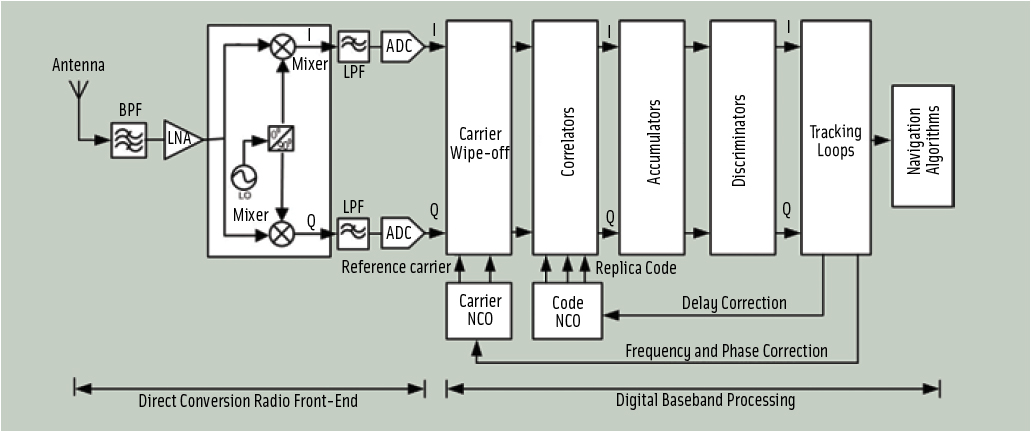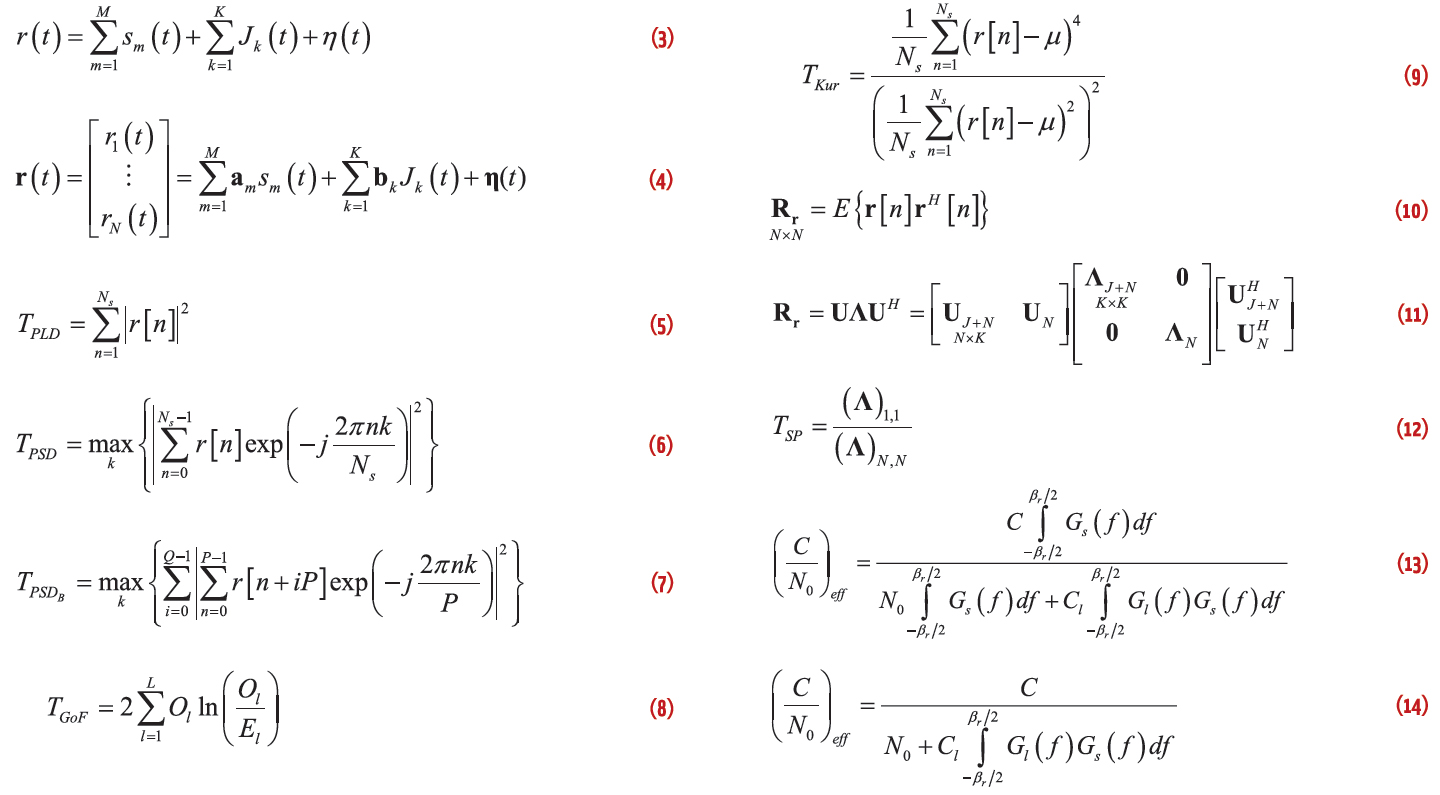Return to main article: Local Oscillator Phase Noise
In 1966 D.B. Leeson proposed an empirical linear model for the noise spectrum of an oscillator, which has been extensively cited in the literature since then. G. Sauvage generalized this model to other resonant circuits in 1977, providing a deeper mathematical background. In 1998 A. Hajimiri and T.H. Lee proposed a linear time variant model (LTV) to explain the effect of each of the noise sources of an oscillator on its phase noise.
Return to main article: Local Oscillator Phase Noise
In 1966 D.B. Leeson proposed an empirical linear model for the noise spectrum of an oscillator, which has been extensively cited in the literature since then. G. Sauvage generalized this model to other resonant circuits in 1977, providing a deeper mathematical background. In 1998 A. Hajimiri and T.H. Lee proposed a linear time variant model (LTV) to explain the effect of each of the noise sources of an oscillator on its phase noise.
Phase noise models for various wireless communication receivers have been proposed by T. Schenk (2006) (For the complete citations of this and other references, please see the Additional Resources section near the end of the main article.) The article by D. Petrovic et alia uses orthogonal frequency division multiplexing (OFDM) systems for modeling noise, while A. Demir et alia (2000) developed extensive and generic theory for phase noise models. In a 2002 article, Demir extended this theory to jitter in optical and wireless communications, and K. Kundert also developed a jitter measurement for phase noise effects on phase locked loops.
A simulation-based study of phase noise introduced by the receiver and the satellite payload was discussed by E. Rebeyrol et alia in 2006. Deriving the phase noise power spectral densities, frequency comparisons are made, but correlation losses or effects on the code tracking loop at the receiver were not included. M. Irsigler and B. Eissfeller discuss the impact of oscillator phase noise on the performance of the PLL tracking in their 2002 article, while modeling theoretical results, but they draw no conclusions regarding the phase noise requirements of the oscillator. Their analysis focused on classification of the phase noise sources and types and on the phase lock loop tracking performance at fixed phase noise random vibrations and Allan deviations.
In 2010, M. Petovello et alia discuss the effect of residual phase noise in the carrier tracking loop on the performance of C/N0 estimation algorithms, but do not identify the effect on the code tracking loop. A. Demir et alia (2006) provides a thorough analysis of the spectral characteristics of phase noise. In 2010 Schenk demonstrated that is a stationary random variable defined for a free running local oscillator whose power spectral density (PSD), Px(f), as given in Equation 2 in the main article.






